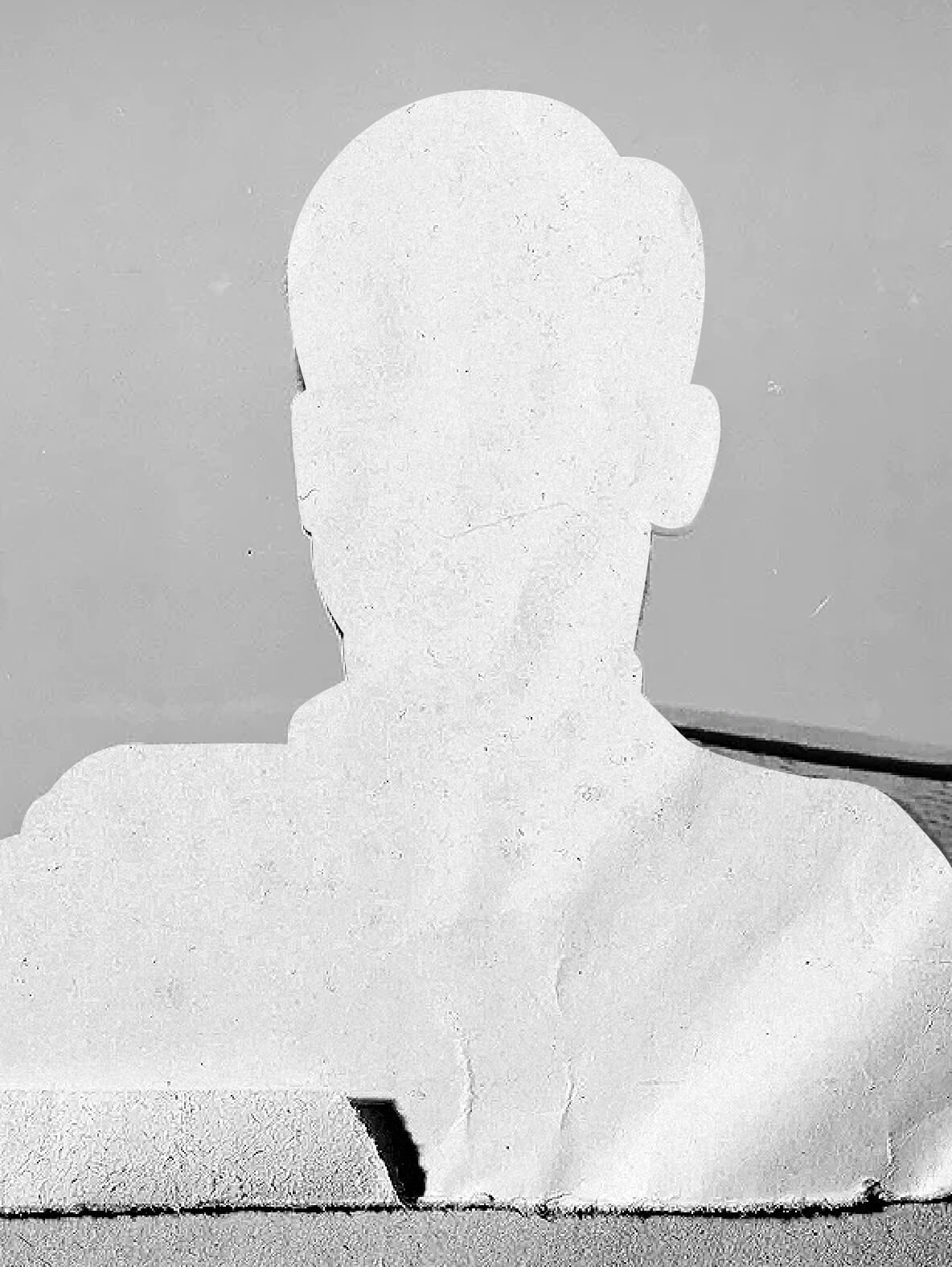Barát Móric

Sáránd Hungary, 1880 - Auschwitz, 1944
The Life
Barát Móric was born to be an artist and a dedicated one at that. He lived through WWI and saw its battlefield, where he fought along with others for his life. Never did he think that after 20 years, he would end up fighting for his life during WWII, after anti-Semitic laws slowly ruined his business, an antiquities shop named "Patria".
The Art
His art aligns at times with Impressionism and Modernism. His works of art consist mostly of graphics and pastels, making his oil on canvas paintings somewhat of a rarity.
When you love what you do
We can characterize the personality and life of the artist Barát Móric by steadfastness and consistency.
He seems to have always known what he wanted to do. And that was art. So he began his artistic career studying at the Academy of Fine Arts in Budapest (1898-1902) and after two years at Munich Academy of Art. Later he found work in Berlin, as a graphic designer, thus gaining exposure to the contemporary European artistic trends.
If you love it, teach it
As WWI was approaching, he returned to Transylvania where he was appointed professor of drawing at the School of Arts and Crafts in Targu Mures. It wasn't long until he was called to the battlefield, where he met Ruzicskay György, who was soon to become one of his students. After WWI, following the redrawing of the borders as a consequence of the Treaty of Trianon, the artist was assigned as a drawing teacher at the Vocational School of metallurgy and wood processing in Oradea, where he had the opportunity to make a major contribution to the artistic education of Oradea, as a teacher and a mentor.
The people must know
Barát saw in Ruzicskay György artistic potential from the first moment they met during the war. Reunited at the Art School in Oradea, he was reminded of that talent, and together they conveyed to the public their battle experience through a small exhibition with drawings made by the student Ruzicskay on the front.
From that moment on, Barát's artistic career continued progressively, and a series of exhibitions followed: The Painters of Oradea exhibition in Bucharest (1920) and a complex personal one in Targu Mures (1921). As he reached artistic maturity, Barát was more eager to teach the lessons he learned during his studies in Europe, so he opened a free School of Painting in Oradea.
The President of his art
In 1932, he founded the Society of Fine Arts in Oradea, taking its presidential chair and guiding the alliance with the old generation of artists, including Macalik Alfréd and Tibor Ernő. The Society’s main objective was to organize collective exhibitions with the works of local artists and promote classical art through the choice of neutral subjects rejecting progressive art engaged in political discourse.
His Society wouldn't last long. The last exhibition he organized was in December 1939, where he presented an impressive number of artworks (70). The works mentioned had a pessimistic atmosphere to them and a color choice similar to the Night Landscape in our collection, which reflects the artist's anxiety caused by the uncertainty of the time's unstable period. It was his last exhibition, as the anti-Semitic laws no longer allowed him to practice and show his art.
Today, we know only a small part of his artistic creation, one reason being that he worked a lot on perishable techniques, with watercolors and pastels, which easily got destroyed over time; and the other reason is that there are no family-kept records of his exhibition presence; no circulation of works was found documented. What remains conclusively reveals his artistic vision. That of an artist concerned with the expressive qualities of color and dense brushstroke, specific to the European art of the early 20th century.
His work "Interior" from our collection depicts a bourgeois interior that shows us the artist's interest in color and strength, and also the naturalistic aspect of the forms. Barát's art is visually balanced and presents just a minimal synthesis of forms.
We don't know if members of his family survived the Holocaust.


